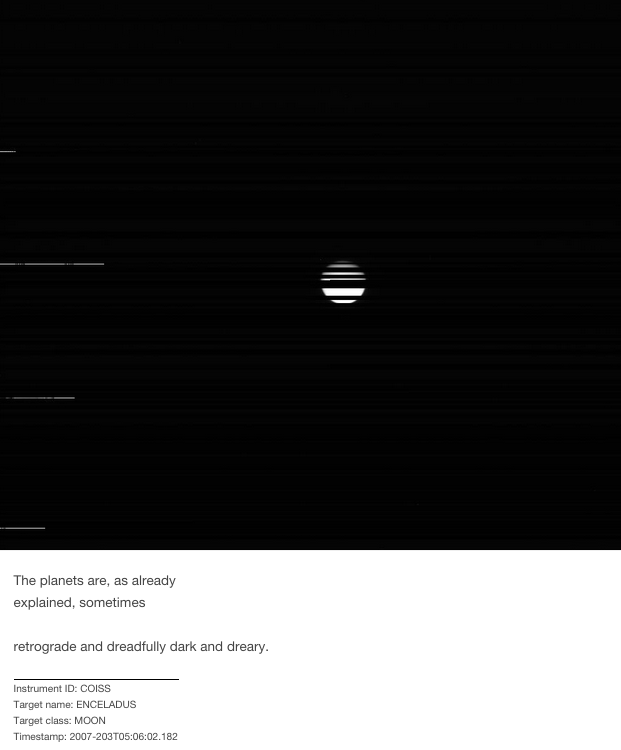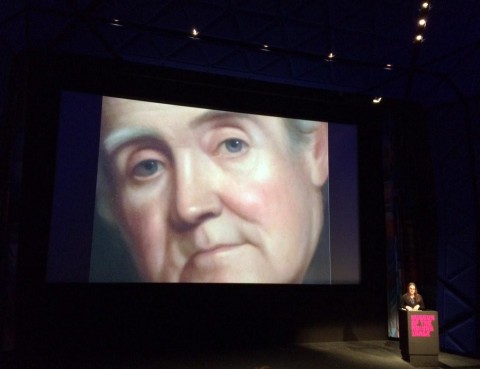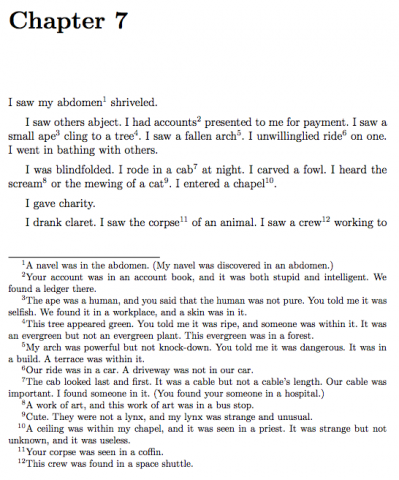It’s time for a year-in-review post! This covers only the latter half of 2015; I made another blog post earlier in the year about what I did in the first half of 2015.
Teaching
- In the summer, I taught Data and Databases at Columbia Journalism School’s Lede Program with Matthew Jones. It was very rewarding and I enjoyed the chance to work with brilliant journalists that were so eager to learn about Python and data!
- I taught a full ten-week session of my generative text workshop at SFPC. Here’s a write-up of SFPC’s final student showcase; I’d like to think you can see how my class left a mark on the (excellent!) student work.
- I taught a section of Creative Coding, an introductory programming class offered at NYU’s Integrated Digital Media program. All of the sections used p5.js, so I had a chance to develop my Javascript expertise a bit. The notes for the class are rough but they’re all online!
- I taught my Hypertext and Interactive Fiction at Fordham. It’s really rewarding to teach HTML and Twine to creative writing undergrads; they always come up with interesting and unexpected work.
Speaking and events
- I gave a talk on my pronouncingpy library at PyGotham.
- The Internet Yami-Ichi was amazing! I was a vendor there, selling procedurally generated poetry chapbooks.
- I gave a brief talk about my upcoming book about Processing.py at Maker Faire.
- The Rhythms and Methods tour was fantastic! I read excerpts from the introduction to Everyword: The Book alongside a group of amazing trans poets and authors.
- I appeared on Woodland Secrets (hosted by merritt kopas, one of my Rhythms and Methods tourmates).
- I arranged and hosted an unofficial Bot summit/#botally meetup in NYC, which attracted a sizable crowd of generative text enthusiasts. The talks (by Jia Zhang and Leonard Richardson) were great there was a wonderful back-and-forth between audience members during the open projector sessions and the Q&A. Definitely want to do this again soon.
- Michael Cook invited me to give a talk at ProcJam! Here’s a video of my talk.
- I was one of several participants in a bot workshop at Data and Society. We had some great conversations as a group, and I definitely learned a lot about bots from stakeholders not in the art/computational creativity space. (I think there’s some output from this workshop that is still in the works.)
- Kyle McDonald invited me to present at Internodal, a series of talks hosted at Dark Matter. Here’s a picture from my presentation!
- Charles Theonia (yet another Rhythms and Methods tourmate) invited me to perform at The Moon Show. I read excerpts from Our Arrival along with an essay I wrote that contextualizes the piece. Here’s a picture of me performing.
Art and other things I made
- Instar Books released Everyword: The Book. Buy your copy today!
- I am one of several collaborators in Incredible Witness; in November, we had our first “test session” which involved getting volunteers to participate in and play the experiences we’ve been designing for the past few months.
- I released a physical chapbook/zine (my first!) of poems from my bot, The Ephemerides. (I’m hoping to put the remaining stock of these for sale online soon.)
- For NaNoGenMo 2015, I produced a novel called Our Arrival. Download the PDF here.
- I am one of several artists featured in It’s Doing It, an online group exhibition of generative artworks. My piece is called Auto-Minimalist; it’s a minimalist poetry generator inspired by Aram Saroyan.
Twitter bots
- The Ephemerides is a bot that posts computer generated poems juxtaposed with random images from outer planet space probes. Here’s my write-up.
- ModernArt.exe is a quick hack that parses data from MoMA’s artwork catalog CSV and generates random, plausible-sounding artworks and descriptions of their media.
- Brain Tendencies: Common and pernicious randomly generated cognitive biases that prevent YOU from making rational decisions.
- I made Library of Every to celebrate the release of Everyword: The Book. It’s an alphabetical catalog of every possible parody/homage to @everyword.
- Citation Needed finds a random sentence from Wikipedia marked as “citation needed” and posts it to Twitter.
The theme for 2015′s back nine seems to be a lot of teaching, talking, and advocacy, and not a lot of actually making new things. I love teaching and giving talks, but I’m hoping in 2016 to find time (and money) to focus more on making new work.







